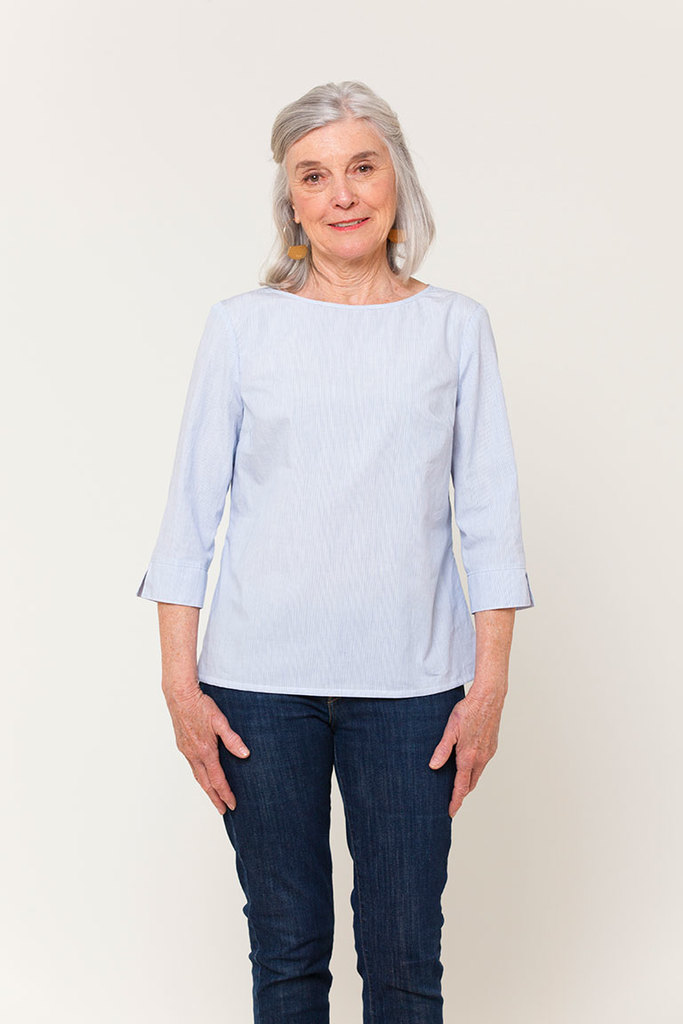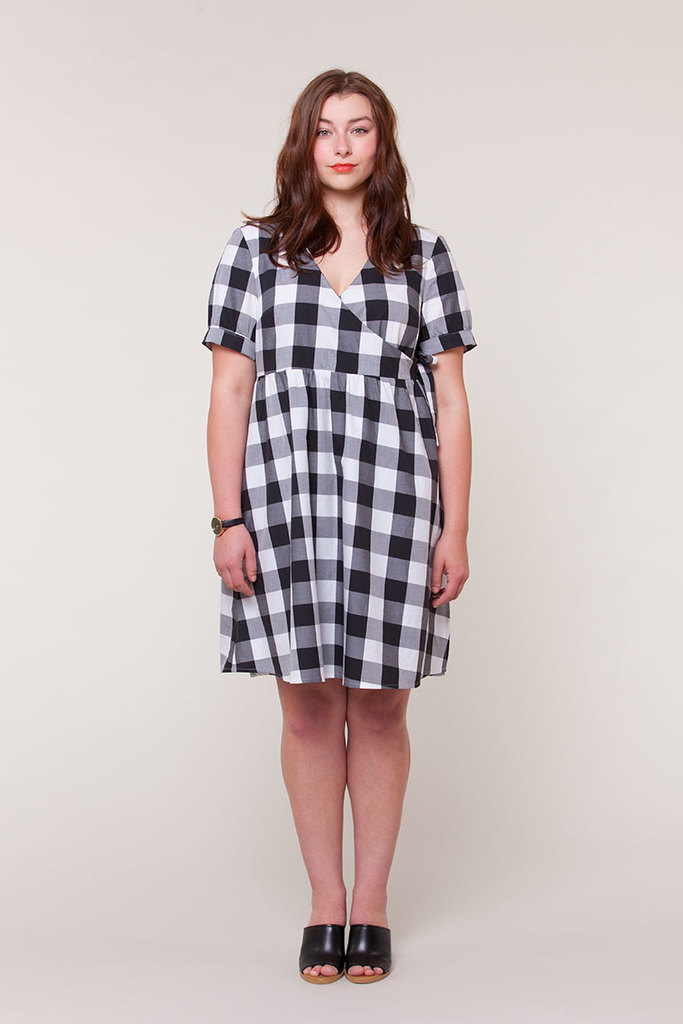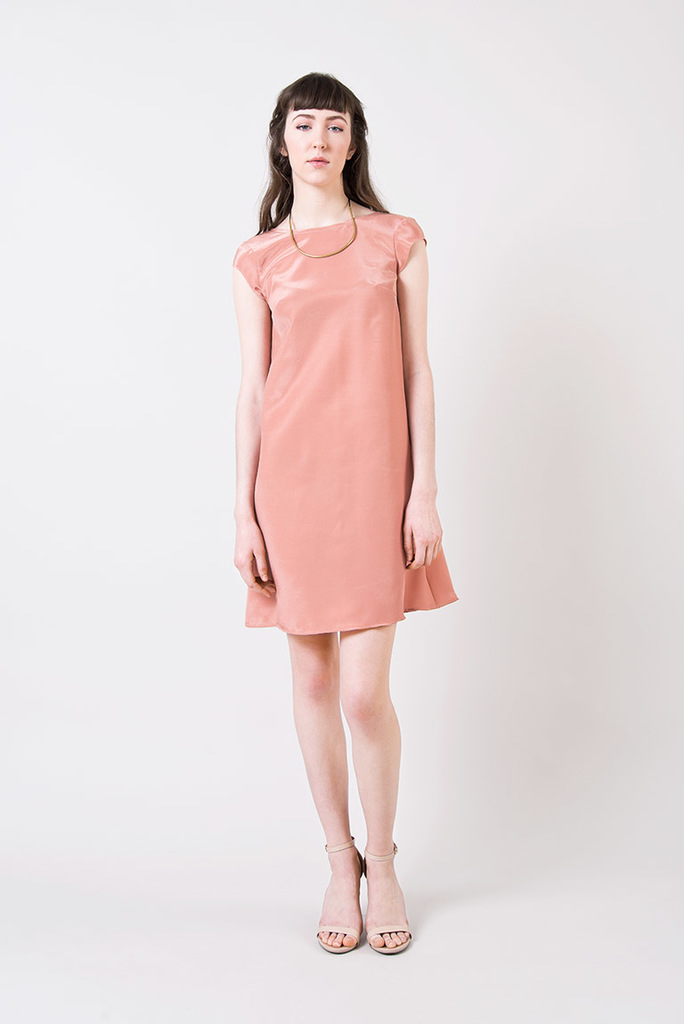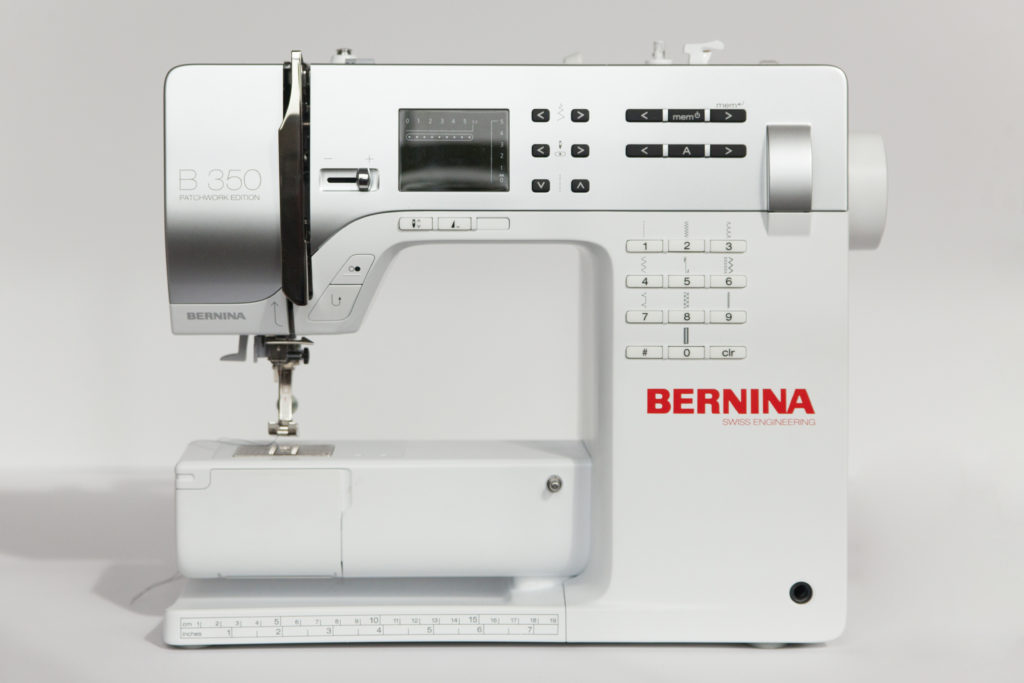
Learn the functions and features of the common home sewing machine. There are two main categories of domestic sewing machines: mechanical and computerized. Distinguishing which type you have is the first step to gaining a better understanding of your sewing machine.
Mechanical Sewing Machines
Mechanical sewing machines are easy to operate and make great beginner machines. They are considered mechanical because all of the settings are changed manually—usually by a nob or slide, meaning that everytime you change stitches you will need to adjust the length and width manually. These machines are not computerized and therefore slightly easier to troubleshoot.
Computerized Sewing Machines
This variety of sewing machine has gained a lot of popularity over the last decade. Computerized sewing machines are—you guessed it—computerized. This does not mean that it is a magical robot that will do all your sewing work, but instead, all settings are accessed with the push of a button, meaning that less manual selections of settings are needed. These machines are often more challenging to troubleshoot and more costly to repair.
Machine Features
Much like a car, sewing machines vary from brand to brand and model to model. But also like a car, they all have some of the same basic features, even though these features may look slightly different from machine to machine. You can refer to your machine manual to help you identify each of the following features on your machine.
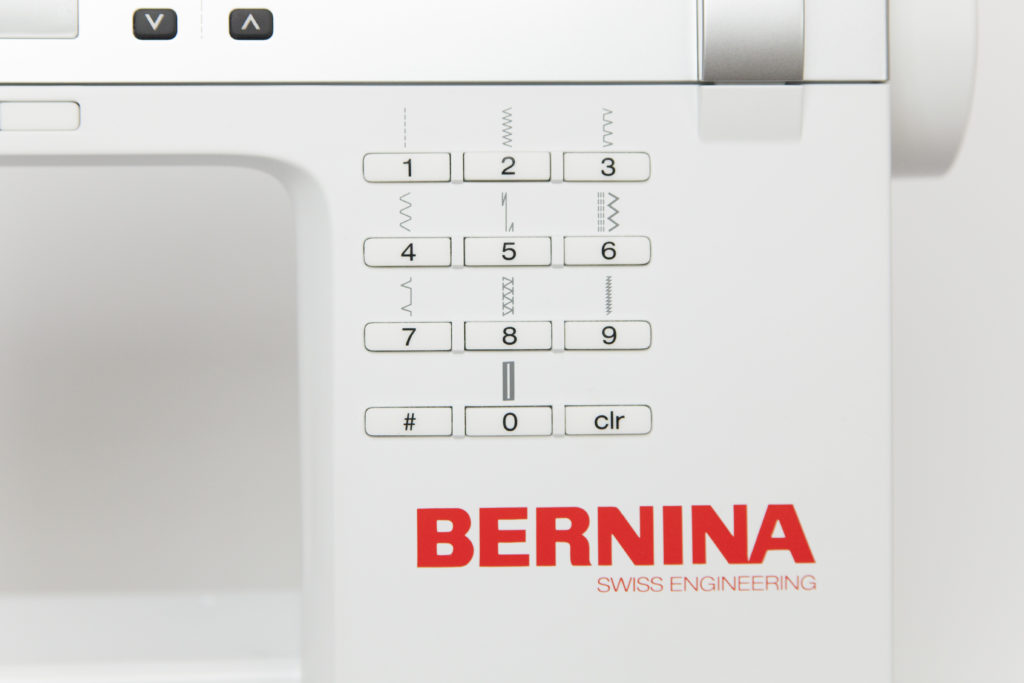
Stitch Selector
Most modern sewing machines come with a variety of stitches. The stitch selector allows you to switch between stitch styles. On manual machines, this will often be a knob, while on computerized machines it is often a button. If your interest lies in sewing clothing, you do not necessarily need dozens of stitches. The most commonly used stitches in garment construction include a straight stitch, a zigzag stitch, and a buttonhole. Stretch stitches are useful if you are interested in sewing knit fabric.
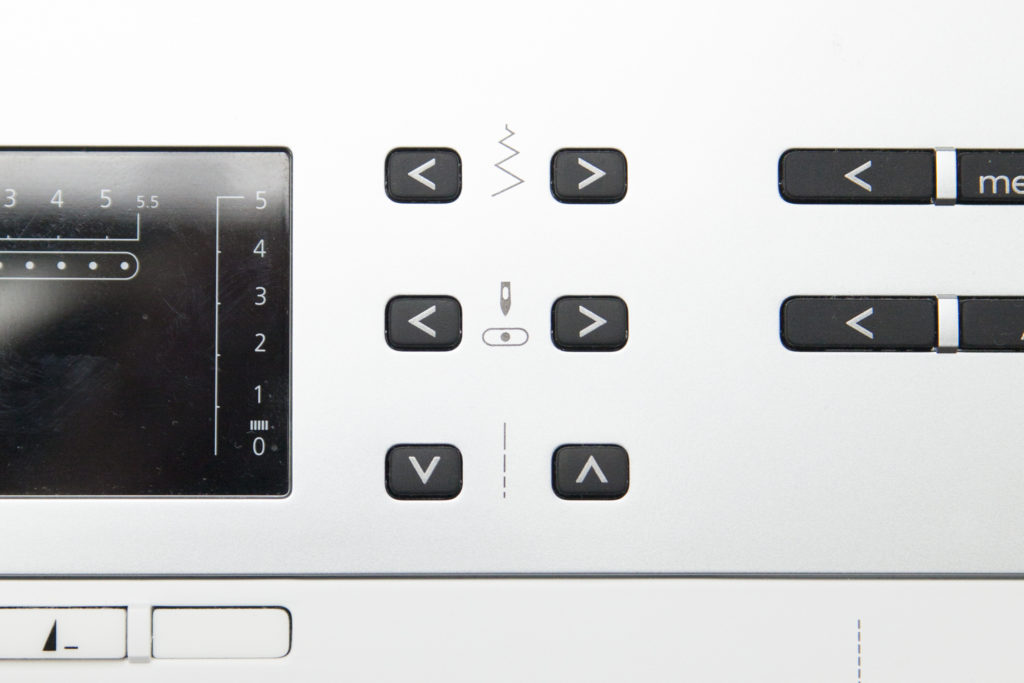
Length and Width Selector
Sewing machines also come with the ability to change the width and length of each stitch. On a manual sewing machine, you will have to adjust the width and length each time you switch between stitches, while on a computerized model these changes will be made to the length and width automatically each time you change stitches
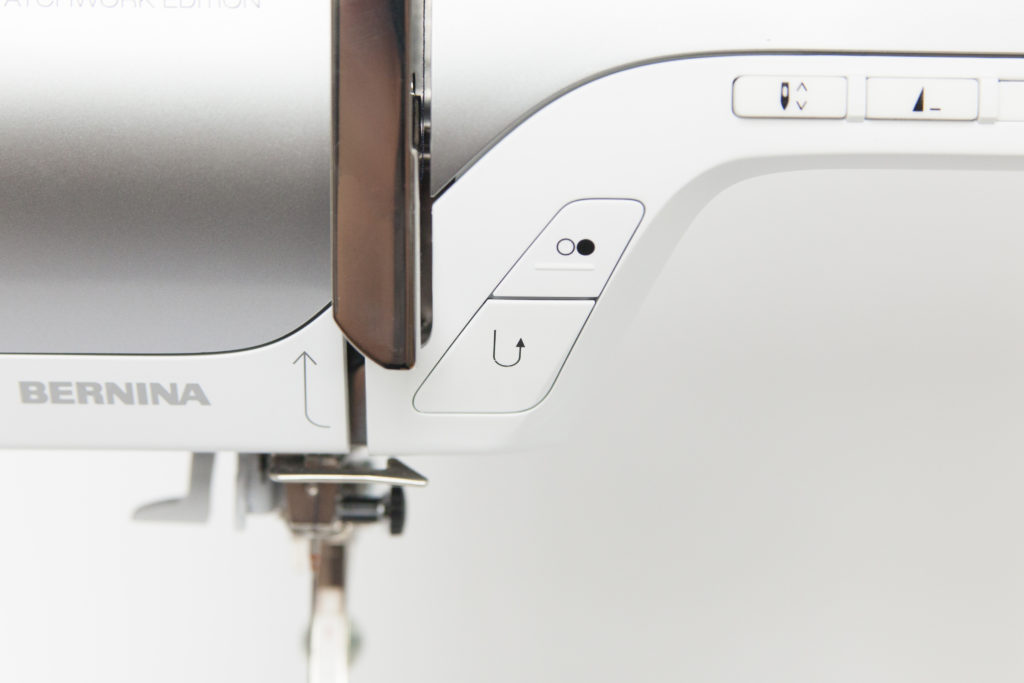
Backstitch Button
All sewing machines have a back stitch button or lever. This allows you to stitch in reverse. Backstitching at the beginning and end of each row of stitching secures your stitches.
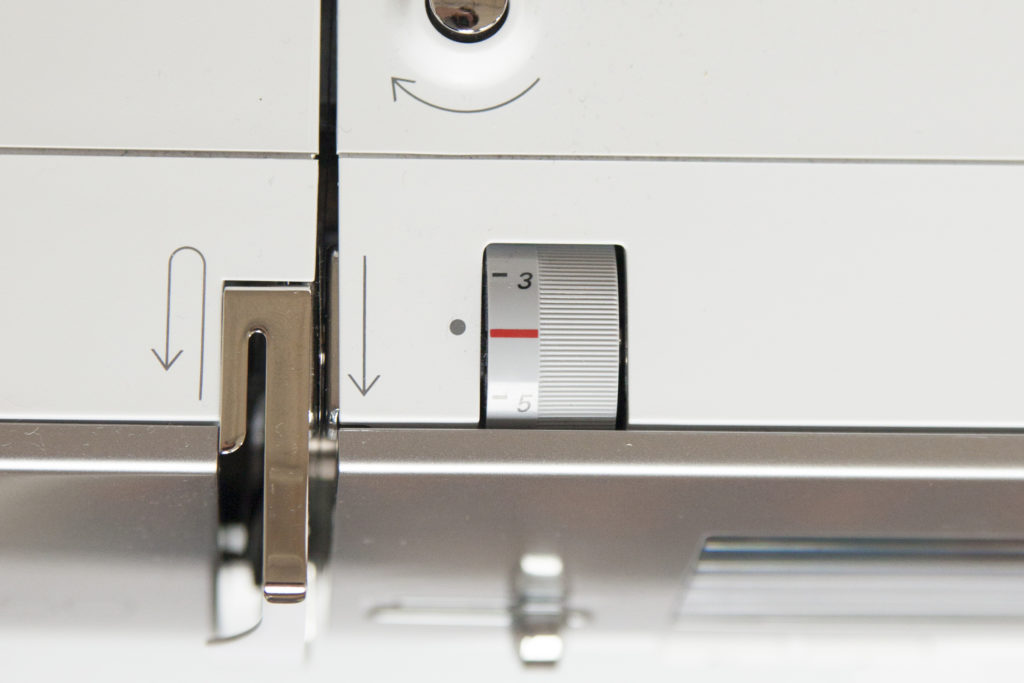
Tension Dial
Sewing machine tension controls the amount of tension put on the thread in the sewing machine. Too tight of tension will result in tight, gathered stitches, while loose tension will result in weak loopy stitches.
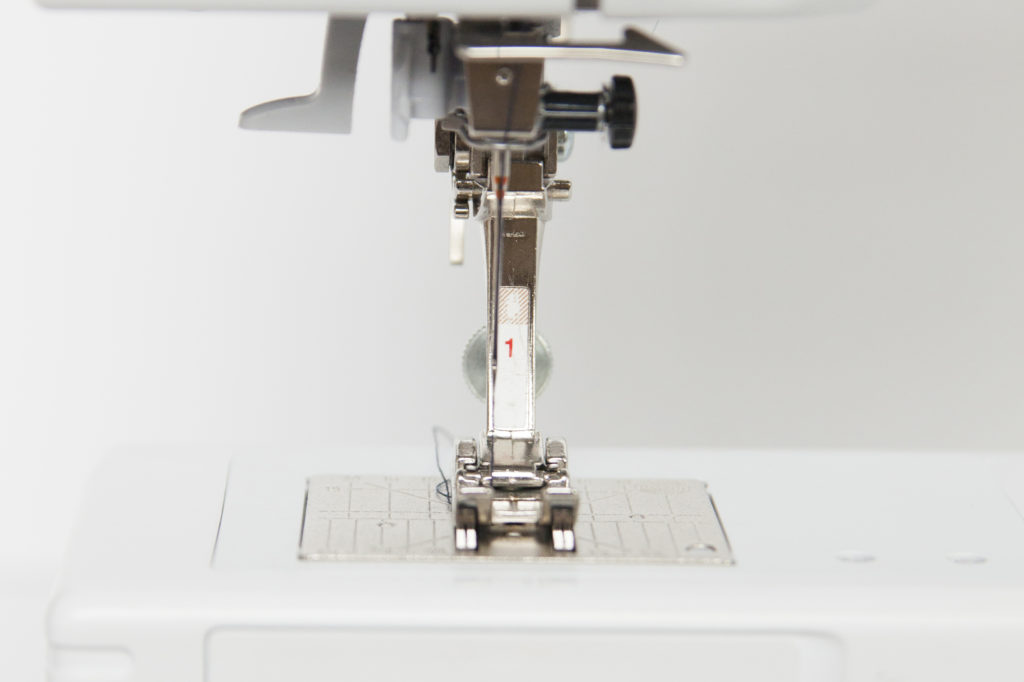
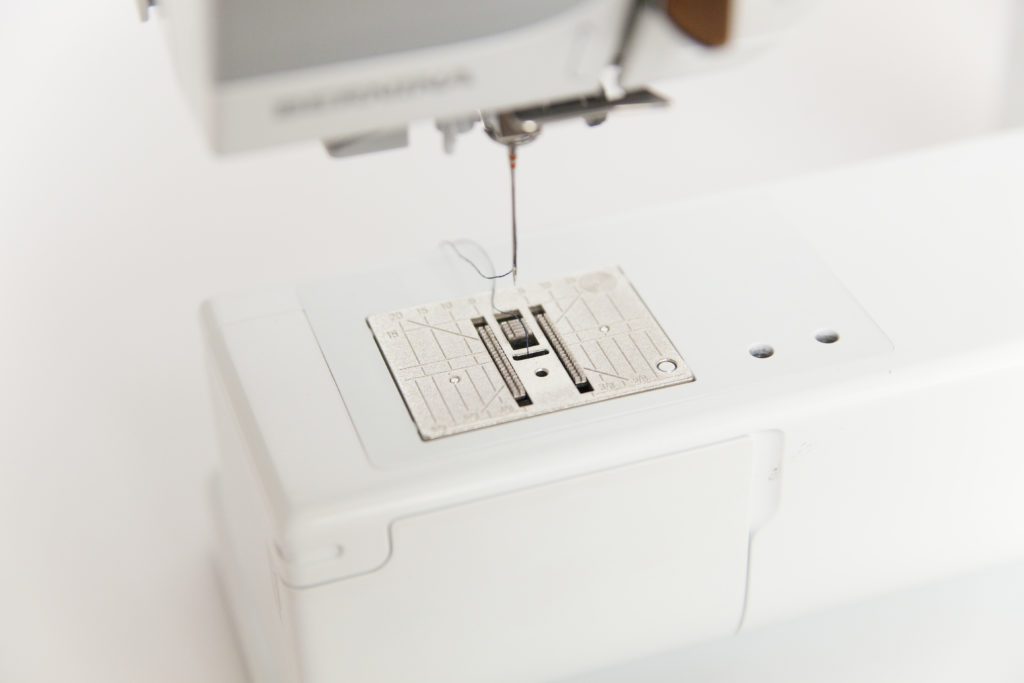
Presser Foot and Feed-dogs
The presser foot holds the fabric down and against the feed-dogs (small teeth that feed the fabric through the sewing machine) as you sew.
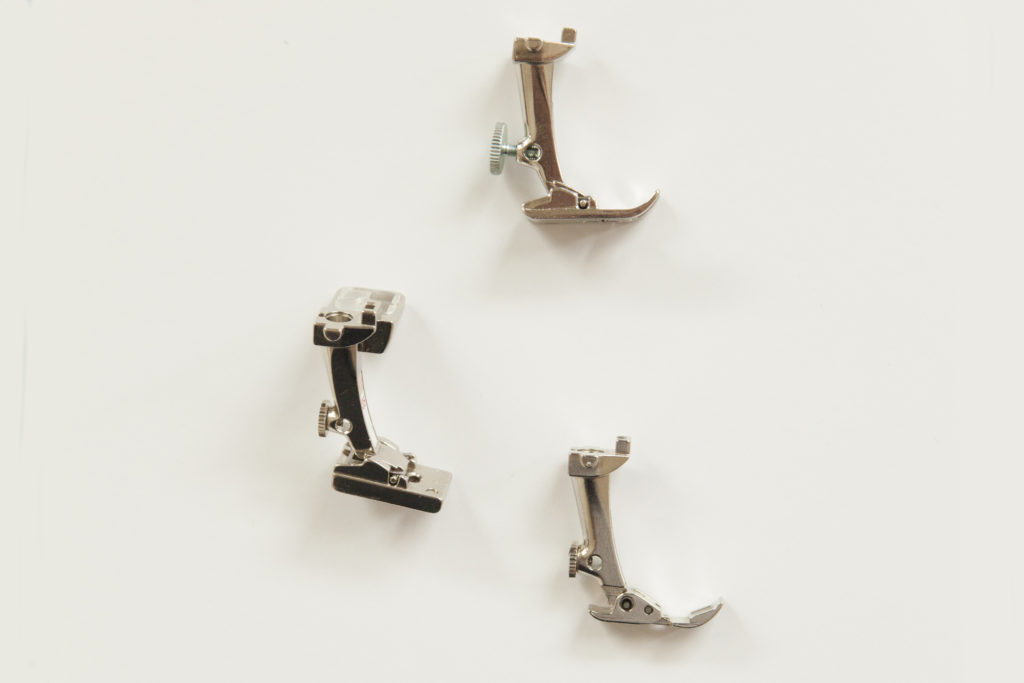
As you progress in your sewing journey, you will find that you need different feet for different jobs, like installing a zipper, or sewing piping. Although it is a nice bonus to have a machine that comes stocked with a variety of feet, presser feet can also be purchased separately.
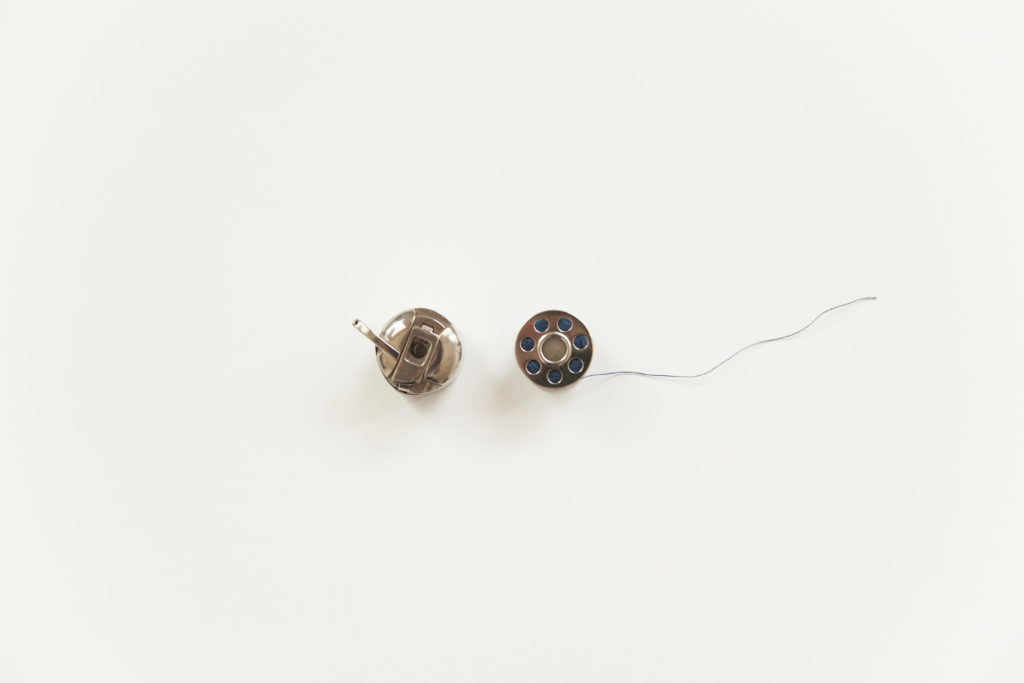
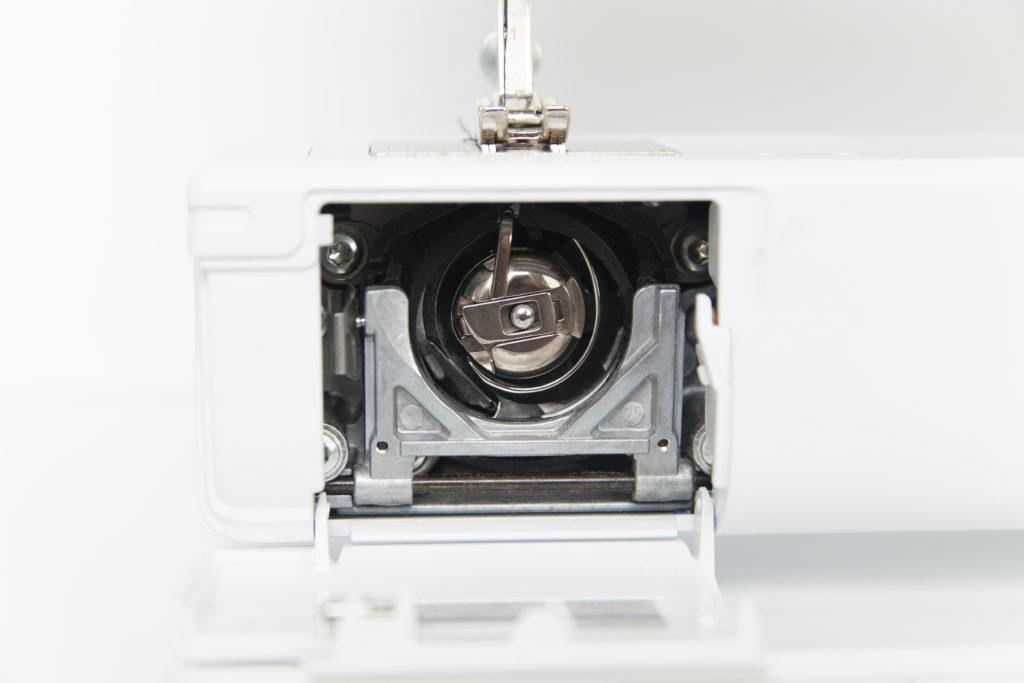
Bobbin and Bobbin Housing
A bobbin is a small metal or plastic spool that is loaded with thread and inserted into the lower part of your sewing machine. There are two types of bobbin housing: a top-loading bobbin and a front-loading bobbin. Both have their advantages. A top-loading bobbin is slightly easier to set up. You can also see your bobbin through a small plastic door, making it easier to tell when you are running low on bobbin thread. Front-loading bobbins require a few extra steps when you are threading your machine, but offer more control over bobbin tension.
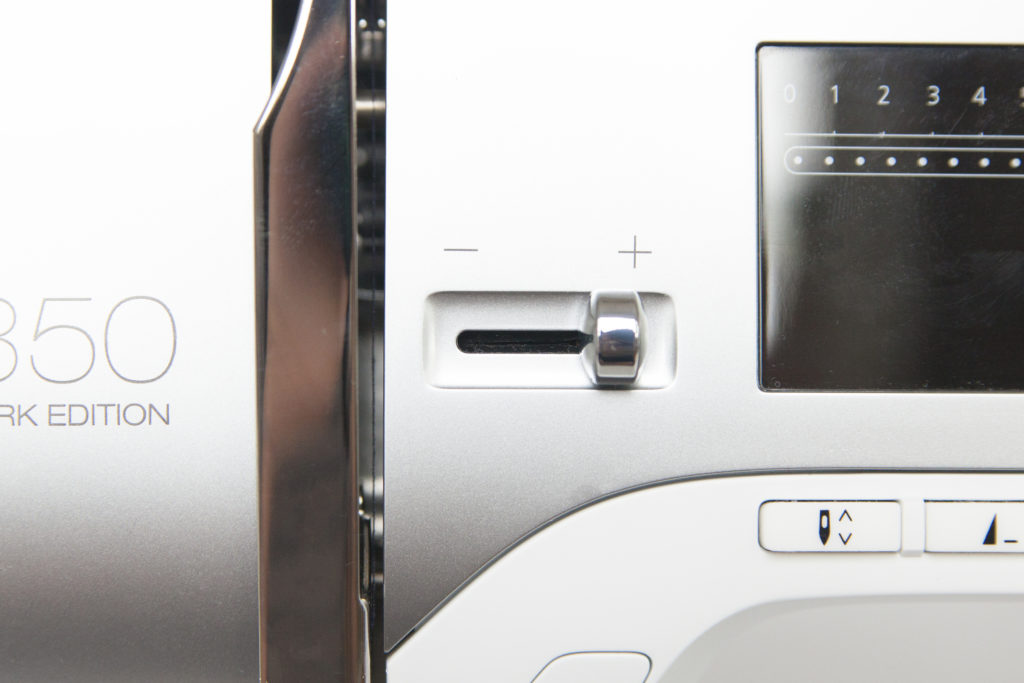
Speed Control
Some machines come with a speed control setting that allows you to slow down or speed up your sewing machine. This can be a handy feature if you are new to sewing, or for when you are stitching something that requires a small margin of error, later in your sewing practice.
